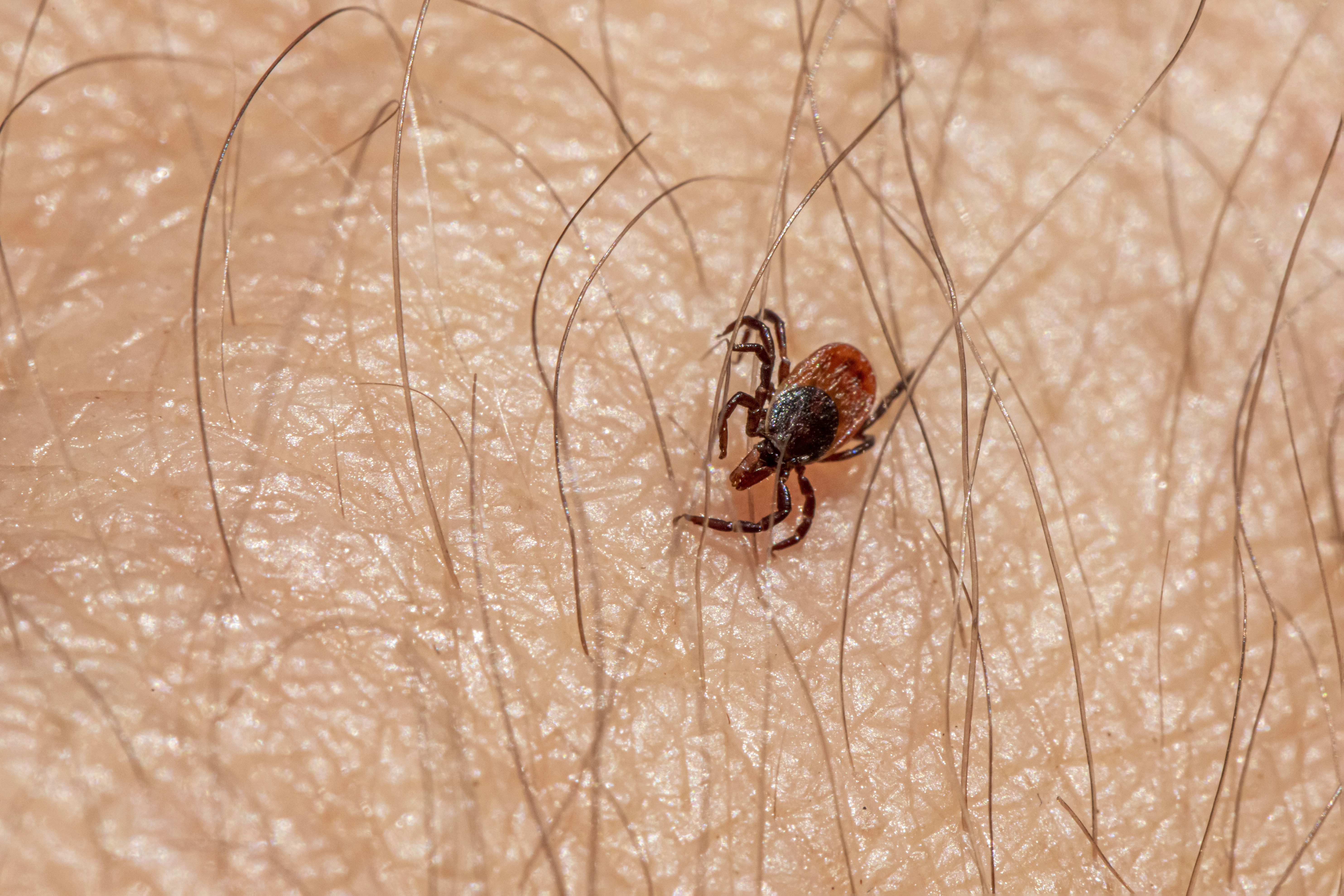
Understanding Fleas and Ticks: The Threats They Pose to Pets
Fleas and ticks are ectoparasites that pose significant health risks to pets, affecting both dogs and cats alike. Understanding their biology and behavior is vital for any pet owner aiming to prevent infestations and safeguard their beloved animals. Fleas are tiny, agile insects, typically measuring about 1/16 to 1/8 of an inch long. They thrive in warm, humid environments and reproduce rapidly, with a single female flea capable of laying hundreds of eggs in her lifetime. This fast lifecycle means that an infestation can escalate quickly if not addressed. Ticks, on the other hand, are arachnids that attach themselves to the skin of animals to feed on their blood. Unlike fleas, ticks can remain attached for several days while they feed, increasing the risk of disease transmission.
The bites of these parasites can lead to various health issues in pets. Fleas can cause allergic reactions, leading to severe itching, hair loss, and skin infections. Furthermore, they can serve as intermediate hosts for tapeworms, which can be transmitted to pets when they ingest flea larvae or adult fleas during grooming. Ticks are notorious for transmitting diseases, including Lyme disease, which can have serious long-term consequences for infected animals. Other tick-borne illnesses, such as ehrlichiosis and anaplasmosis, can compromise a pet’s immune system and lead to a range of symptoms, including lethargy, joint pain, and fever.
Moreover, the environmental impact of fleas and ticks should not be overlooked. These parasites can easily infest a pet’s surroundings, making it essential to treat not only the animals but also their living spaces. Regular grooming and cleaning can mitigate the chances of infestation. In summary, understanding the biology and behavior of fleas and ticks, along with the health risks they pose, underscores the importance of proactive prevention strategies in safeguarding pets against these harmful parasites.
Top Flea and Tick Prevention Methods for Dogs
When it comes to flea and tick prevention for dogs, several methods have proven effective in keeping these pesky parasites at bay. Each method varies in terms of application, effectiveness, and suitability based on your dog’s individual health and circumstances. Below, we evaluate some of the most common prevention methods available.
One popular option is topical treatments, which are applied directly to the dog’s skin. These treatments work by killing fleas and ticks on contact and can provide protection for several weeks. Topical treatments are generally easy to apply and are available for dogs of various weights and ages. However, it is crucial to ensure the product chosen is appropriate for your pet’s specific needs to avoid any adverse reactions.
Oral medications are another effective method for flea and tick prevention. These pills or chewables are ingested and work by disrupting the life cycle of fleas and ticks from within. They can be particularly useful for pets that are resistant to topical treatments. While many of these treatments are safe, it is essential to consult with a veterinarian to find the best option based on your dog’s health status and weight. Additionally, adhering to the recommended dosage is vital to ensure efficacy and safety.
Flea collars serve as a convenient option for ongoing protection. These are designed to release active ingredients that repel or kill fleas and ticks. While easy to use, the effectiveness can vary based on the brand and collar type. It is important to choose collars that are specifically designed for fleas and ticks to ensure adequate protection.
Lastly, natural remedies such as essential oils can also serve as a form of prevention. However, while some pet owners find success with this method, it is essential to research and consult with a veterinarian, as not all natural remedies are safe for every dog.
In conclusion, the best flea and tick prevention method for your dog will depend on various factors, including age, weight, health status, and personal preference. Regular consultations with a veterinarian can help you choose the most effective solution for your furry companion, ensuring both safety and effectiveness in the fight against pests.
Top Flea and Tick Prevention Methods for Cats
Flea and tick prevention is crucial for maintaining the health and comfort of cats. Unlike dogs, felines have unique physiological traits that necessitate careful selection of prevention strategies. One of the most common methods includes topical treatments, which are applied directly to the skin in the form of a liquid. These products typically provide broad-spectrum protection and are designed to kill fleas and ticks on contact. It is essential to choose a product specifically formulated for cats, as certain ingredients safe for dogs can be toxic to felines.
Oral medications present another effective option for preventing flea and tick infestations in cats. These treatments are usually administered as chewable tablets or topical solutions that work from within the cat’s bloodstream to kill parasites upon contact. The convenience of oral medications can often lead to higher compliance among pet owners. However, it is advisable to consult with a veterinarian to determine the most suitable option based on the cat’s health history and lifestyle.
Flea collars are also popular as an auxiliary method for prevention. When fitted properly, these collars release ingredients that repel or kill fleas and ticks, providing a continuous safeguard for your pet. Certain collars also contain natural ingredients, which could appeal to those wishing to avoid synthetic chemicals. Although beneficial, it is vital to ensure the collar is appropriate for your cat’s size and health, as different collars have varying strengths.
Additionally, many pet owners consider home remedies for flea and tick management as a safe approach. Natural repellents such as diatomaceous earth or essential oils can be utilized, but caution is warranted. Many essential oils are toxic to cats, so seeking advice from a veterinarian is essential before introducing any new remedy.
In conclusion, exploring various methods of flea and tick prevention for cats is vital. Always prioritize consultation with a veterinarian to select the most effective product tailored to your cat’s specific needs and sensitivities.
Creating a Comprehensive Flea and Tick Control Plan
Developing an effective control plan for fleas and ticks is essential for maintaining the health and comfort of your pets. A holistic approach encompasses not only the use of preventive treatments on your animals but also proactive measures in your home and yard. To achieve an optimal level of prevention, it is advisable to integrate various strategies into your routine.
Commence by selecting appropriate flea and tick treatment products for your pets. Options include topical treatments, oral medications, and flea collars, each offering varying levels of effectiveness. Ensure to consult with your veterinarian to identify the most suitable products tailored to your pet’s specific needs. Following the recommended application schedule is crucial in providing continuous protection against infestations.
In parallel with treating your pets, maintaining cleanliness in your living environment serves as a vital aspect of flea and tick prevention. Regular cleaning routines, including frequent vacuuming of carpets, rugs, and furniture, can significantly reduce the potential for pest habitation. Be sure to dispose of vacuum bags or empty canisters promptly, as these can harbor dormant flea eggs. Wash your pet’s bedding and any soft furnishings where your pets frequent, using hot water to eliminate any potential parasites.
Additionally, treating your home and yard for fleas and ticks is integral to a comprehensive plan. Professional pest control services can assist in this area, while also being mindful of using pet-safe options. Regularly mowing your lawn and trimming bushes can help reduce the habitat for ticks, while creating a clean environment reduces the chances of a flea infestation.
Monitoring for signs of flea and tick presence is equally crucial. Regularly inspect your pets for any signs of these pests, such as scratching or biting. Consider implementing a seasonal strategy; for instance, begin preventive treatments in early spring as temperatures rise, as this is when fleas and ticks become most active. Adjust your approach as necessary based on observations and seasonal changes to ensure your prevention strategy remains effective.
